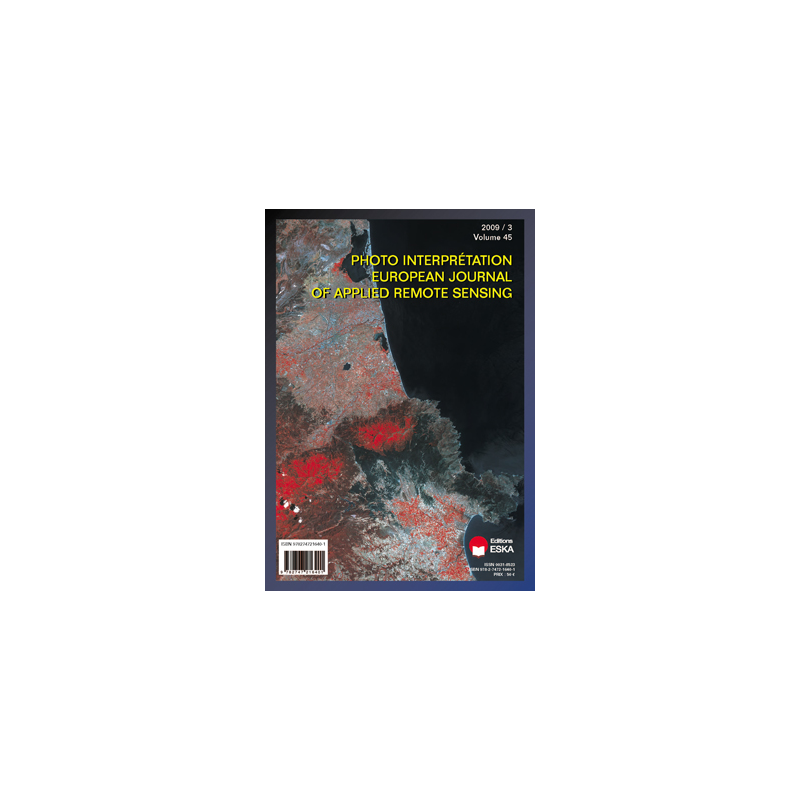



 POUR COMMANDER
POUR COMMANDER
Contactez les Editions ESKA - par téléphone 0142865565 - par mail congres@eska.fr
 CGV
CGV
Consultez nos Conditions Générales de Vente
ABSTRACT
Syn-rift Neogene deposits, composed of a 650 m thick volcano-sedimentary succession, crop out at the foot of the escarpment close to the village of Dogali, near Massawa (NE Eritrea). These deposits are related to the first stage of the Red Sea spreading. This work aims at mapping in detail this succession using remote sensing optical images integrated with ancillary data and ground truth information in a Geographic Information System. Optical images are usually effective in lithological discrimination in arid environment and fill the requirements of low-cost, rapid and accurate regional mapping. Photo-interpretation of Landsat Thematic Mapper image was carried out in a test area of 500 km2 and Quickbird satellite images were used to detail a subset of 50 km2. The satellite images have been processed through radiometric enhancement, principal components analysis and band ratios. Ancillary data and evidences from field surveys supported the photo-interpretation. Rock samples, photos and observations collected during previous test campaigns provided interpretation keys of the satellite images. A preliminary scheme of the lithological units has been drawn from the Landsat image. The Proterozoic metamorphic complex of the basement and the sedimentary facies of Lower Dogali Formation were mapped at scale 1:80,000. Evidences of laterites and basement weathering were also detected. A detailed analysis of sedimentary facies of the Lower Dogali Formation was then carried out using the Quickbird images at scale 1:10,000. The results of the photointerpretation of remotely sensed data confirm that the deposition of the Lower Dogali Formation is linked to the first stage of the Red Sea spreading and main considerations on the mechanisms and the evolution of different stages have been underlined. Although the next field campaign is going to endorse the remotely sensed data, these preliminary results give evidence of the contribution of satellite images to the knowledge of the geological setting of a poorly mapped area in arid environment.
KEYWORDS
Optical images, Photo-interpretation, Geological mapping, Lower Dogali Formation, Syn-rift deposits.